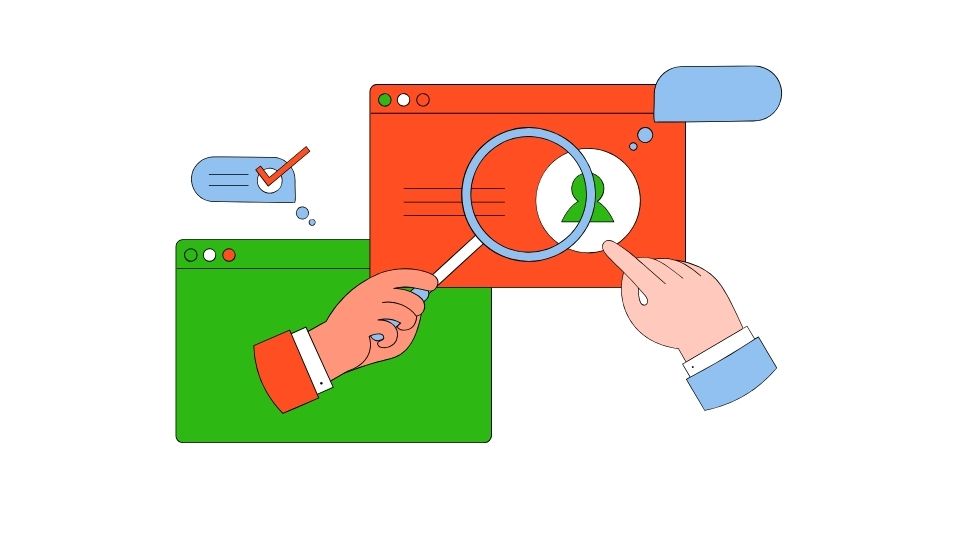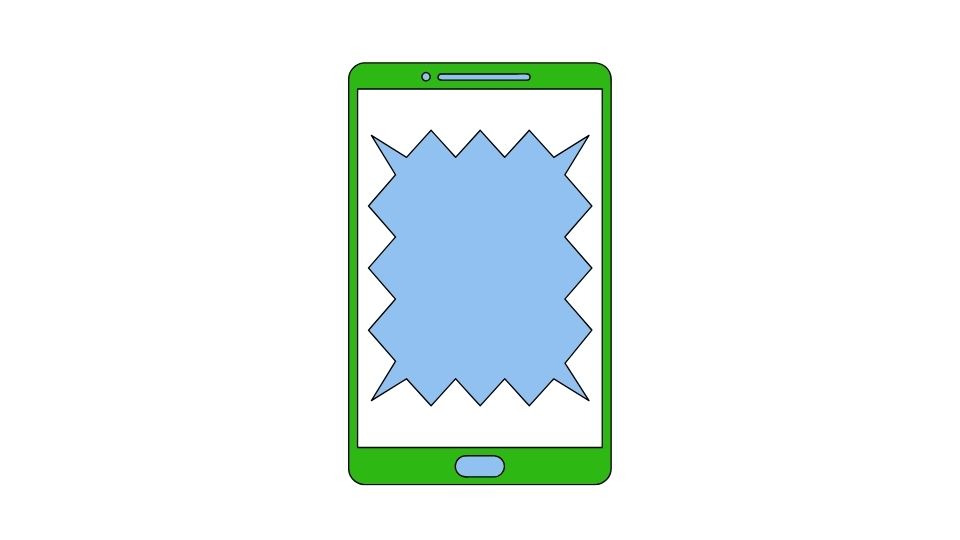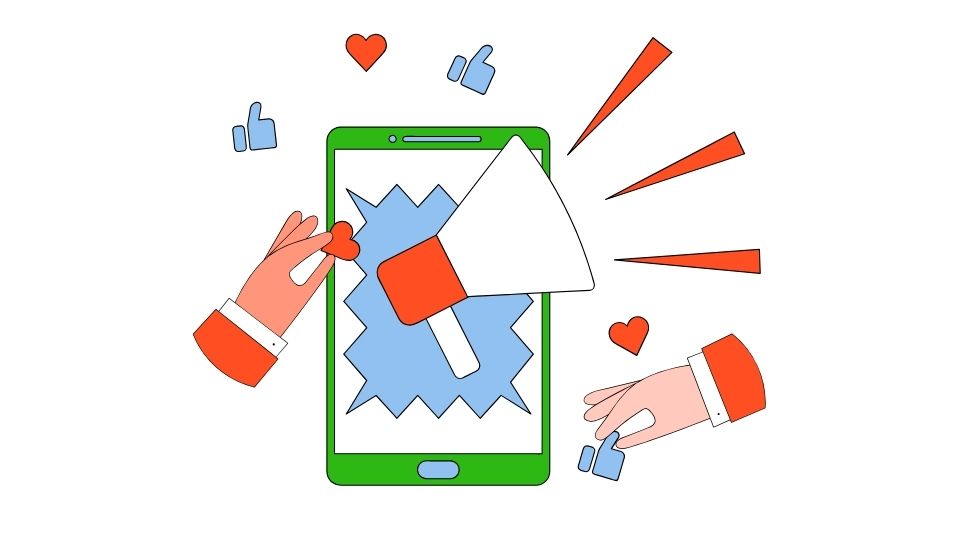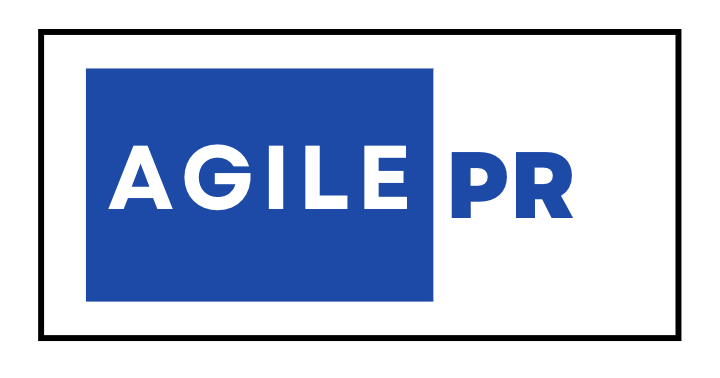Why your business absolutely needs to be advertising on social media in 2024 (and beyond)
Ever wonder why your competitors’ ads keep showing up in your Instagram feed?
It’s not just to annoy you.
There’s a method to the madness. Social media advertising has transformed from a “nice-to-have” marketing tactic to an absolute must-have business growth engine.
Today, I’m breaking down exactly why businesses are pouring billions into social media ads, and why you probably should too (with a healthy dose of my opinion sprinkled on top).

Why Social Media Advertising Actually Works
The numbers don’t lie (and they’re pretty wild)

Let’s start with the reach: 5.24 billion people are active on social media.
That’s over 64% of humans on planet Earth scrolling through feeds every day.
And it’s not just about raw numbers. Social platforms have built incredibly sophisticated targeting tools that let you zoom in on exactly who you want to reach.
Want to target 35-45 year old dog owners in Seattle who like hiking and have recently looked at pet insurance? Yep, you can do that.
These hyper-specific audience segments weren’t possible with traditional advertising. With newspaper ads or billboards, you were basically throwing money into the wind and hoping the right people saw it.
Money talks: The ROI is actually pretty great
The average social media ad gets about a 9.21% conversion rate with costs around $1.86 per click, according to recent data.
Compare that to other marketing channels and you’ll see why marketers are shifting budgets toward social.
But it gets better. Social commerce (buying directly through platforms) is growing at 13.7% annually and expected to hit the $1 trillion mark by 2028. That’s trillion with a T.
People aren’t just scrolling—they’re shopping. And the line between entertainment, socializing, and commerce is basically gone.
Trust building happens in comments, not commercials

When was the last time you trusted a TV commercial?
Yeah, me neither.
But when your friend tags you in a post about that cool new coffee shop, or you see real customers showing off a product in their actual homes that hits different.
About 80% of consumers expect brands to respond to them within 24 hours on social media. This direct connection builds trust that traditional advertising channels simply can’t match.
And that user-generated content? It influences 90% of people’s buying decisions—often more than Google searches.
Data-driven decisions (not just vibes)
One of the biggest advantages of social advertising is the ability to measure everything.
Want to know exactly how many people saw your ad, clicked it, purchased something, and then came back to purchase again? You can.
Modern social platforms combine listening, publishing, and performance metrics to give you a complete picture of your campaigns. These analytics tools make it possible to optimize in real-time and stop wasting money on what’s not working.
The Big Social Media Advertising Wins for Your Business
Creating customers out of thin air

The most powerful thing about social advertising is that it can create customers who had no idea they needed your product.
Someone might be scrolling through TikTok with zero intention of buying anything, see your 15-second demo, and think “wait, I need that in my life.”
This is vastly different from search advertising, where you’re only reaching people already looking for something specific.
Different content formats = different results
Not all social content is created equal. The data shows that:
- Short-form video dominates with 71% of marketers rating it their highest ROI format
- User-generated content comes in second
- Influencer partnerships round out the top three
This is why you see so many businesses investing in quick, entertaining clips instead of static images. Research shows that video dramatically increases retention rates compared to other formats.
Mobile-first is the only way
With 83% of social ads delivered on mobile devices, your campaigns need to be designed for thumb-scrolling.
This means vertical video, quick load times, and messages that work without sound (since many people browse with sound off).
Think about how you use your phone—that’s how your customers will experience your ads.
Social Media Advertising for Small Businesses
You might be thinking “this all sounds great for big brands with huge budgets, but what about me?”
Good news: social media advertising might actually be more valuable for small businesses than for large ones.
Why?
Because it lets you compete with bigger players without needing their massive budgets.
A local bakery can target people within a 5-mile radius who’ve shown interest in desserts or special occasions. That’s more efficient than any flyer or local newspaper ad could ever be.
Small businesses are using social ads to:
- Build local brand awareness
- Drive foot traffic to physical locations
- Showcase products to audiences beyond their immediate area
- Build relationships with customers through direct engagement
- Test new products or offers before fully launching them
Small business success stories are everywhere—from mom-and-pop shops quadrupling their customer base to service providers filling their schedules months in advance.
How I’d Approach Social Media Advertising (If I Were You)
If I were starting with social media advertising today, here’s what I’d focus on:
1. Start with clear goals (not just “get more sales”)
Before spending a dime, decide exactly what you want to achieve:
- Brand awareness? (Getting on people’s radar)
- Lead generation? (Collecting emails or phone numbers)
- Direct sales? (Immediate purchases)
- Community building? (Creating loyal fans)
Each goal requires different strategies, content, and metrics.
2. Don’t try to be everywhere at once
You don’t need to advertise on every platform. Where are your customers actually hanging out?
- B2B services? LinkedIn and Twitter might be your focus
- Visual products? Instagram and Pinterest
- Younger audiences? TikTok and Snapchat
- General consumer goods? Facebook still has the broadest reach
Pick 1-2 platforms to master before expanding.
3. Test, measure, optimize (repeat forever)
The businesses seeing the best results from social advertising are constantly experimenting.
Start with small budgets spread across different ad variations. See what works. Double down on winners. Cut the losers.
This continuous improvement cycle is what separates successful advertisers from those complaining that “social ads don’t work.”
In Summary

The main reason businesses advertise on social media is to efficiently reach specific audiences at scale, engage with them authentically, and drive measurable outcomes that directly impact revenue.
It’s not just about being where your customers are—it’s about creating connections that lead to sales in ways traditional advertising simply can’t match.
With the continued rise of social commerce features, improved targeting options, and new content formats, social media advertising isn’t going anywhere except up.
The question isn’t whether your business should be advertising on social media—it’s whether you can afford not to while your competitors are already there, connecting with your potential customers.




